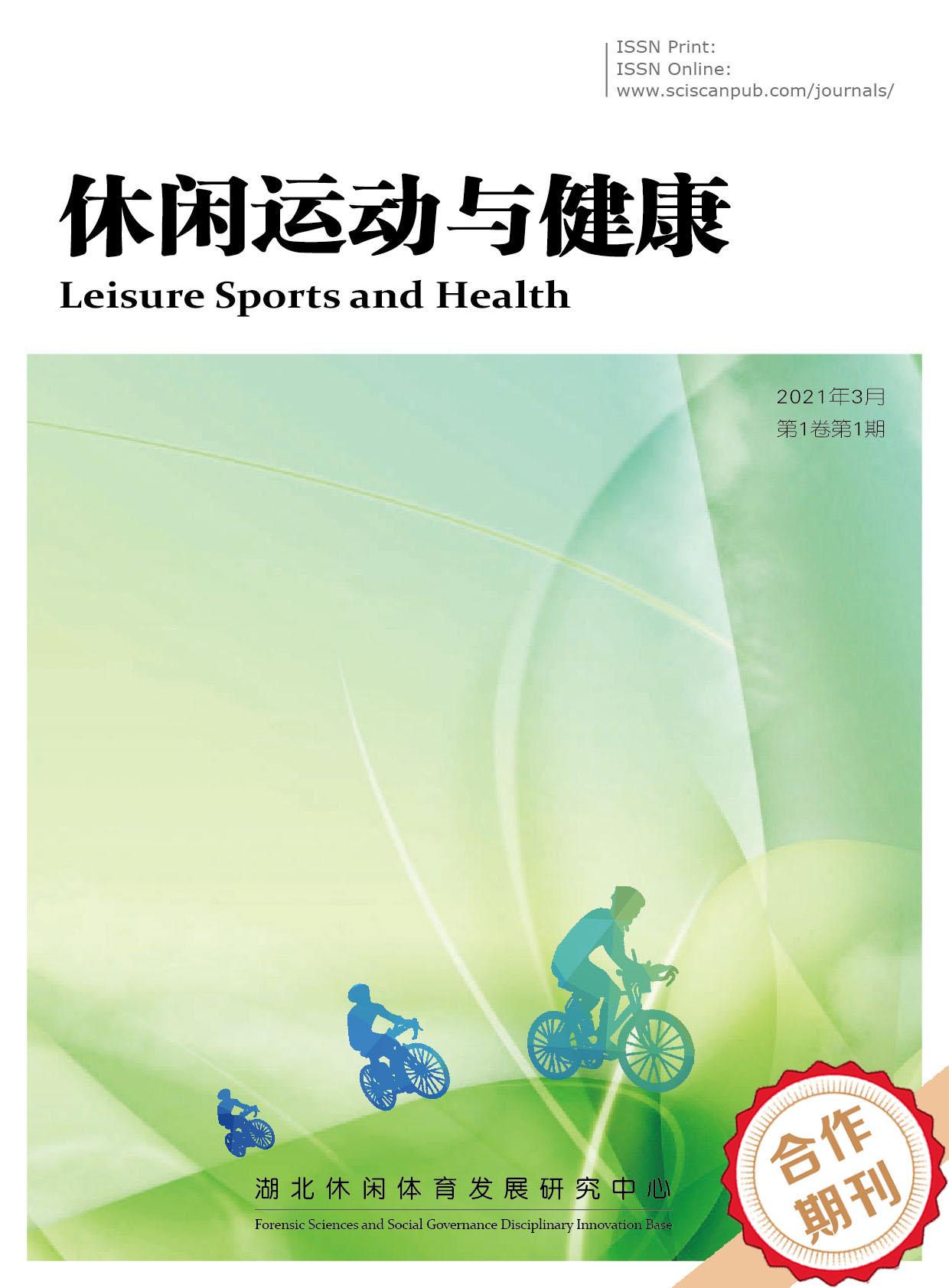Leisure Sports and Health
ISSN Print:2710-0154
ISSN Online:2710-0162
Contact Editorial Office
Subscribe to the latest published information from SCISCAN
运动干预自闭症谱系障碍儿童的应用与机制研究进展
Progress in the Application and Mechanism of Exercise Intervention in Children With Autism Spectrum Disorder
- Authors: 舒华平 易念
-
Information:
湖北大学 体育学院,湖北 武汉 430062
- Keywords: 自闭症谱系障碍;运动干预;机制
- Autism spectrum disorder; Motor intervention; Mechanism
- Abstract: 自闭症谱系障碍(ASD)是一种广泛性发育障碍的神经生理性疾病。每个 ASD 儿童都是一个独特的病例,并且现在 ASD 的致病因素尚未明确。本文通过对国内外文献梳理发现,遗传和环境两大因素与 ASD 的发病有关。运动干预虽未被美国疾病控制与预防中心纳入为治疗 ASD 的方法,但已有研究发现运动干预能够改善 ASD 儿童的重复刻板行为、学业表现和社会交往能力等功能障碍,帮助 ASD 儿童获得更好的生活质量。运动改善 ASD 儿童的部分功能可能涉及到刺激强化机制、神经生化机制和大脑结构组织机制等。未来可以针对这些机制开展更为严谨的实验研究,探究运动改善 ASD 儿童的核心机制以及各机制之间的关系。目前的研究多是以小强度的单一运动方式干预,在未来的实践中,可以尝试适当加强运动强度,并考虑多种运动方式结合,设计出适 合 ASD 儿童的个性化运动干预方案。
- Autism spectrum disorder (ASD) is a neurophysiological disorder of widespread developmental disorders. Since each child with ASD is a unique case, the causative factors of ASD are currently unknown. Through summarizing the literature both in China and abroad, we have found that two major factors, genetic and environmental, are related to the pathogenesis of ASD. Although exercise intervention has not been included by the Centers for Disease Control and Prevention (CDC) as a treatment for ASD, studies have found that exercise intervention can improve the repetitive and rigid behaviors, academic performance, and social interaction ability of ASD children, and help ASD children obtain a better quality of life. Partial function improvement of children with ASD by exercise may involve stimulation strengthening mechanism, neurobiochemical mechanism, brain structure and organization mechanism, etc. In the future, more rigorous experimental studies can be conducted on these mechanisms to explore the core mechanisms of exercise in improving ASD children and the relationship between the mechanisms. The current research mostly focuses on the single exercise intervention with low intensity. In the future practice, we can try to appropriately strengthen the exercise intensity, and consider the combination of a variety of exercise ways to design a personalized exercise intervention plan for children with ASD.
- DOI: https://doi.org/10.35534/lsh.0201019
- Cite:














